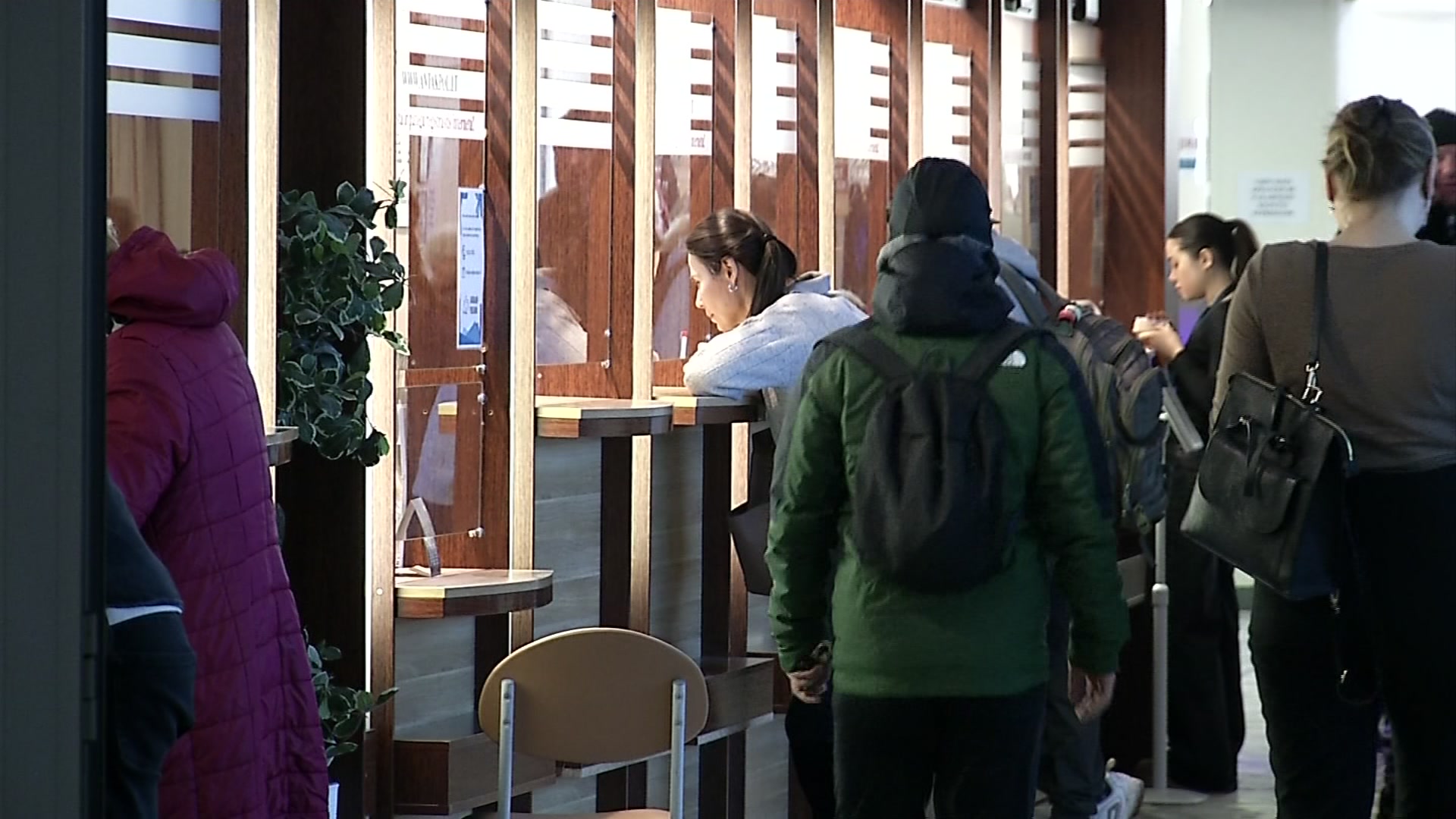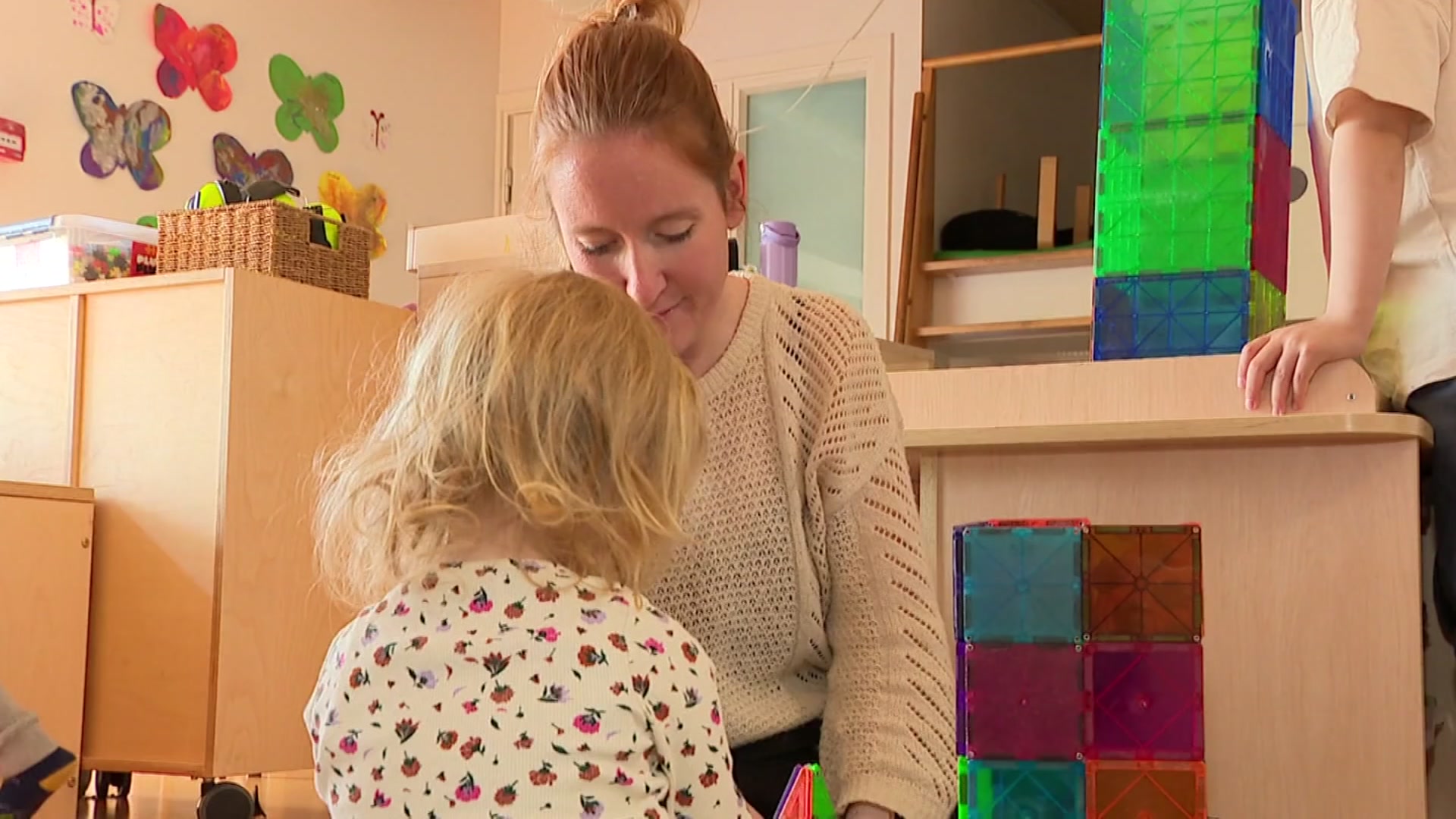For some of the services will be paid to continue

Vice -Minister of Health Nerija Stasiulienė said about the new transformation.
– How much does Lithuanians pay?
– According to the sickness funds, there are between 40 and 150 million.
– Is it a lot or little?
– This is very quite a bit.
– Give an example of how much a regular premium can cost for a standard study?
– For example, a consultation with a specialist paid from the State Patient Fund Compulsory Health Insurance Fund, which we all pay, can cost € 35, but when you go to a private medical institution, the patient will have to pay another EUR 100 or 150.
LNK stop shot.
– Perhaps the problem is that the sickness funds pay too little and allocate for certain research or consultation?
– But public institutions provide a quality service for the same amount.
– This problem is that patients who come to a private medical institution are essentially paying for the service that has already been paid for?
– Yes, for which the sickness fund has already paid if they come with a referral.
– Do private medical institutions do so lawfully? Can they ask for money?
– When signing contracts with the sickness fund, private institutions, by providing paid services from the sickness funds, undertake not to take any bonuses.
– Then they take money illegally? They violate the law or what happens?
– You can say so. I was in a meeting with the prime minister, there was a discussion with private medical institutions, public institutions, representatives of the ministry, which was what we talked about. The argument of private bodies is that they sign the contract for very little volume, allegedly 11 x paid consultations, can provide the Compulsory State Insurance Fund. Only 11 consultations can receive a month.
– In other words, for a small amount – a small amount? If the law is amended and private institutions will no longer be able to take premiums from patients, will the long queues in outpatient clinics, public medical institutions?
– The queues are still very long, too long. We have the same number of doctors as it is and doctors work in the public and private sector. We share the same doctors who run between 2-3 and sometimes 4-5 medical institutions, which cannot be provided by services. If your doctor worked in a public institution and providing services, how much time would save you, as the doctor usually goes 300 kilometers to another medical facility. He could devote that time in a public institution.
Full LNK Report – In Video:
– In other words, it is estimated that the queues would be shorter because there would be more doctors and more times?
– Yes, we hope. On the other hand, the patient is deceived because someone who does not have the opportunity to go to a paid, private medical institution is pushed to the end of the queue, as partially paid services are also a queue for those who can pay.
– If the procedure, the law is changed, does that mean that the outpatient clinic will not have to pay for additional blood tests or, for example, a single ward after surgery?
– There is a paid service and premium, these are two different things. The patient can continue to purchase a separate ward, as it is a paid service, it is not a premium. If when you come to the outpatient clinic, you want a study that is not paid for compulsory health insurance, that is a paid service, it is not a premium. If you want to do a vitamin D study, you pay because you are not paid for from the Compulsory Health Insurance Fund. You can exactly the same when the law is passed.




/s3/static.nrc.nl/images/gn4/data133008088-d0928d.jpg)


